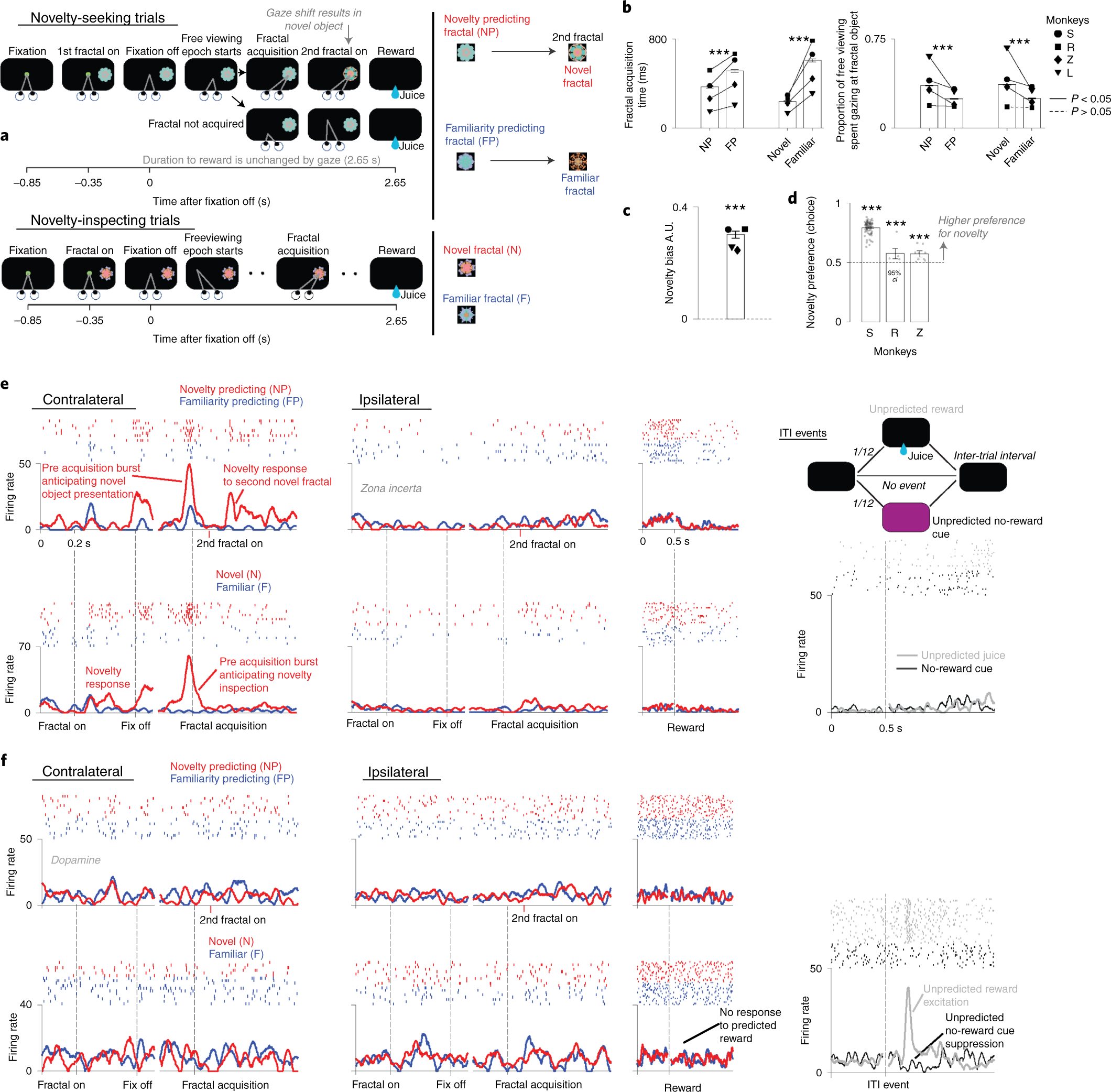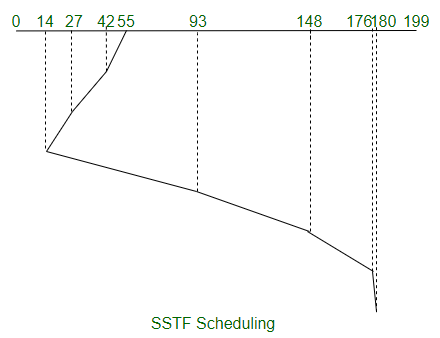Briefly Explain the Differences Between Seek Time and Search Time
In your opinion why do some people confuse the two. Understanding Operating Systems 7th Edition Edit edition Solutions for Chapter 7 Problem 1E.
/seagate-hard-drive-inside-getty-images-57c76bf35f9b5829f4bdc662.jpg)
What Is Seek Time Definition Of An Hdd S Seek Time
If you were the system designer what mechanism would you recommend.

. Seek Time It is the time required by the readwrite head to move from the current track to the requested track. Some individuals mix the two up because they are unfamiliar with the components of a magnetic disk. When anything is read or written to a disc drive the readwrite head of the disc needs to move to the right position.
Seek is used in situations when one is. Other delays include transfer time data rate and rotational delay latency. The actual physical positioning of the readwrite.
In your opinion why do some people confuse the two. Please answer the following questions below and keep the same format. Seek time is the time it takes for the readwrite head to move across the platter properly and completely while search time is the time it takes for the magnetic disk to rotate until it properly positions itself under the readwrite head.
This is not an essay. However using this number to compare drives can be. In your own words describe the disadvantages of such a system if any in that environment and if appropriate.
Consider a virtual cylinder identical to the one shown in Figure 712 with the following characteristics. If you were the system designer what mechanism would. 11 Describe how the implementation of a RAID Level 2 system would be beneficial to a university payroll system.
Briefly explain the differences between seek time and search time. Briefly explain the difference between seek time and rotational latency. 1Namefour examples of secondary storage media other than hard disks2Explainbriefly the difference between buffering and blocking3Whichoptical disc makes use of red lasers and which uses blue lasers4Brieflyexplain the differences between seek time and search time.
- Seek time is the time it takes for the readwrite head to move across the platter completely while search time is the time it takes for the magnetic disk to rotate until it properly positions itself under the readwrite head. Some people confuse the two because they dont know the parts of the magnetic disk. In your opinion why do some people confuse the two.
The time it takes for the readwrite head to move entirely across the platter is called seek time while the time it takes for the magnetic disk to rotate until it is appropriately positioned under the readwrite head is called seek time. Minimizing the variance of system response time is an important goal but it does not always prevent an occasional user from suffering indefinite postponement. Seek time is the time taken for a hard disk controller to locate a specific piece of stored data.
Some individuals mix the two up because they are unfamiliar with the components of a magnetic disk. While search is used when you are trying to look for something that is missing or lost find is used more in daily life situations. The seek time of a hard disk measures the amount of time required for the readwrite heads to move between tracks over the surfaces of the platters.
Though words search seek and find have similar connotations they are different because they are used in different contexts. In this step the operating system stores the initial file-system data structures onto the disk. Briefly explain the differences between seek time and search ti time.
Seek time is one of the most commonly discussed metrics for hard disks and it is one of the most important positioning performance specifications. Given the following characteristics for a magnetic tape using linea as described in this chapter. These data structures may include maps of free and allocated space and an initial empty directory.
The time it takes for the readwrite head to move entirely across the platter is called seek time while the time it takes for the magnetic disk to rotate until it is appropriately positioned under the readwrite head is called seek time. Density 1600 bpi Speed 1500 inchessecond Size 2400 feet Startstop time 4 ms Number of records to be stored Size of each. In your opinion why do some people confuse the two.
Seek Time Number of trackscylinders crossed Time to cross one trackcylinder b. Rotational Latency It is the time required by the readwrite head to move from the current sector to the requested sector. Seek time is the time it takes the disk arm to move to the goal file while.
In your opinion why do some people confuse the two. Seek time is 4 mstrack search time is 17 mssector and data transfer time is 09 ms. A disk is divided into.
Search vs Find vs Seek. Difference between Seek Time and Rotational Latency in Disk Scheduling. Calculate the resulting seek time earch time data transfer time and total time for the following Request List assuming that the readwrite head begins at Track 0 Sector 0.
Briefly explain the differences between seek time and search time. Some individuals mix the two up because they are unfamiliar with the components of a magnetic disk. Briefly explain the differences between seek time and search time.
Briefly explain the differences between seek time and search time. Briefly explain the differences between seek time and search time. Minimizing the variance of system response time is an important goal but it does not always prevent an occasional user from suffering indefinite postponement.
The time it takes for the readwrite head to move entirely across the platter is called seek time while the time it takes for the magnetic disk to rotate until it is appropriately positioned under the readwrite head is called seek time. Seek time is the time it takes for the readwrite head to move across the platter completely while search time is the time it takes for the magnetic disk to rotate until it properly positions itself under the readwrite head. In your opinion why do some people confuse the two.

Configure Time Scope Block Matlab Simulink

Kotter S 8 Step Change Model Illustrating Kotter S 8 Step Change Model Using 3d Stairs In Keynote Change Management Change Leadership Leadership Management

Fcfs Disk Scheduling Algorithms Geeksforgeeks
![]()
Lost And Missing Items What We Lose The Most And Where We Lose It Chipolo

Program For Sstf Disk Scheduling Algorithm Geeksforgeeks

Capital Budgeting Process Walkthrough And Use Cases Toptal

What Is Seek Time Definition From Techopedia

Infographic Resume Tips From Napoleon Hill Infographic Resume Think And Grow Rich Resume Tips

Adjective Dectective Two Great Activities To Help Kids Identify Adjectives An Adjective Treasure Hu Adjectives Language Art Activities Language Arts Lessons

8 Of The Best Social Media Monitoring Tools To Save You Time

How To Understand Misinformation Disinformation And Malinformation Youtube Media Literacy Understanding Literacy

How Do Rent To Own Homes Work The 4 Steps To Homeownership Real Estate Real Estate Trends Estate Agent

Difference Between Seek Time And Disk Access Time In Disk Scheduling Geeksforgeeks

Respect People Who Find Time For You In Their Busy Schedule Inspirational Quotes Friendship Quotes Quotable Quotes

A Primate Temporal Cortex Zona Incerta Pathway For Novelty Seeking Nature Neuroscience

Prepare Yourself For That Right Person God Has For You Don T Wish Or Search Just Be Ready To Receive Soulmate Quotes True Love Quotes Dating Quotes



Comments
Post a Comment